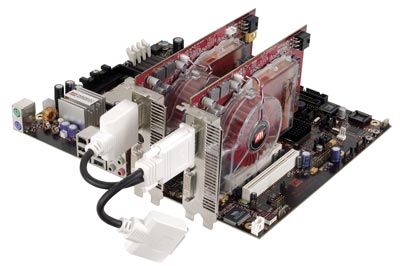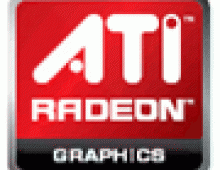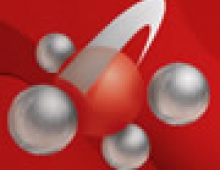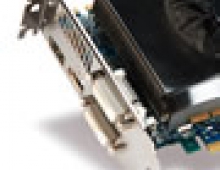Interview With Mr Rene Froeleke of ATI
3. Page 3
Apart from the support for Shader Model 3.0, what are the main enhancements made in the R520 chipset? (New graphics architecture, memory controller)
And again I am sorry, but we can’t tell your readers about the upcoming technology before its announcement.
Rumors have it that both R520 and RV530 will run at 600 MHz. Does the extra MHz make the difference in this class of graphics cards?
Sorry, I can’t comment on unannounced products.
Have you removed any planned features from the R520 in order to reach its final version that will appear on the market?
No, we did not have to remove any features from the R520 or any other of our upcoming products. While this was suggested by some rumors, cutting the feature set of our next generation products was never up for discussion.
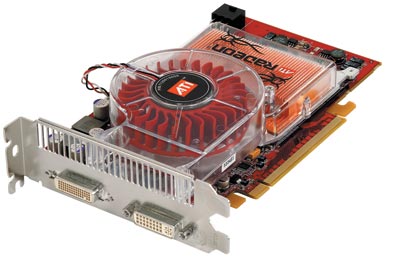
How does CrossFire compare with SLI in terms of performance?
Obviously, performance always depends on the application that is used to measure it. CrossFire can accelerate all the games all the time, meaning that even older games or games that were not in the top 10 list will be able to take advantage of CrossFire.
However, a game's performance can of course also be limited by the system processor. In that case, more graphics power does not get you more frame rate. For these cases, CrossFire has the advantage of SuperAA, meaning that the user can enable higher picture quality if performance can not be improved.
Generally, if compared on the same price level, we are confident that CrossFire has the better price/performance ratio than our competitor’s product.
Is ATI planning to release a Crossfire board with x16 slots and the corresponding extra PCI-Express lanes?
We are not at the end with our CrossFire development; there is lots more to come. A mainboard with two “true” PCI Express x16 slots is only one of the developments, but there are more.
How would you compare the overclocking capabilities of the R520 with those offered by NVIDIA’s 7800 series?
This is something I would like to leave to the overclockers out there, but please remember that we have chosen the 90 nanometer process for a reason… :)
